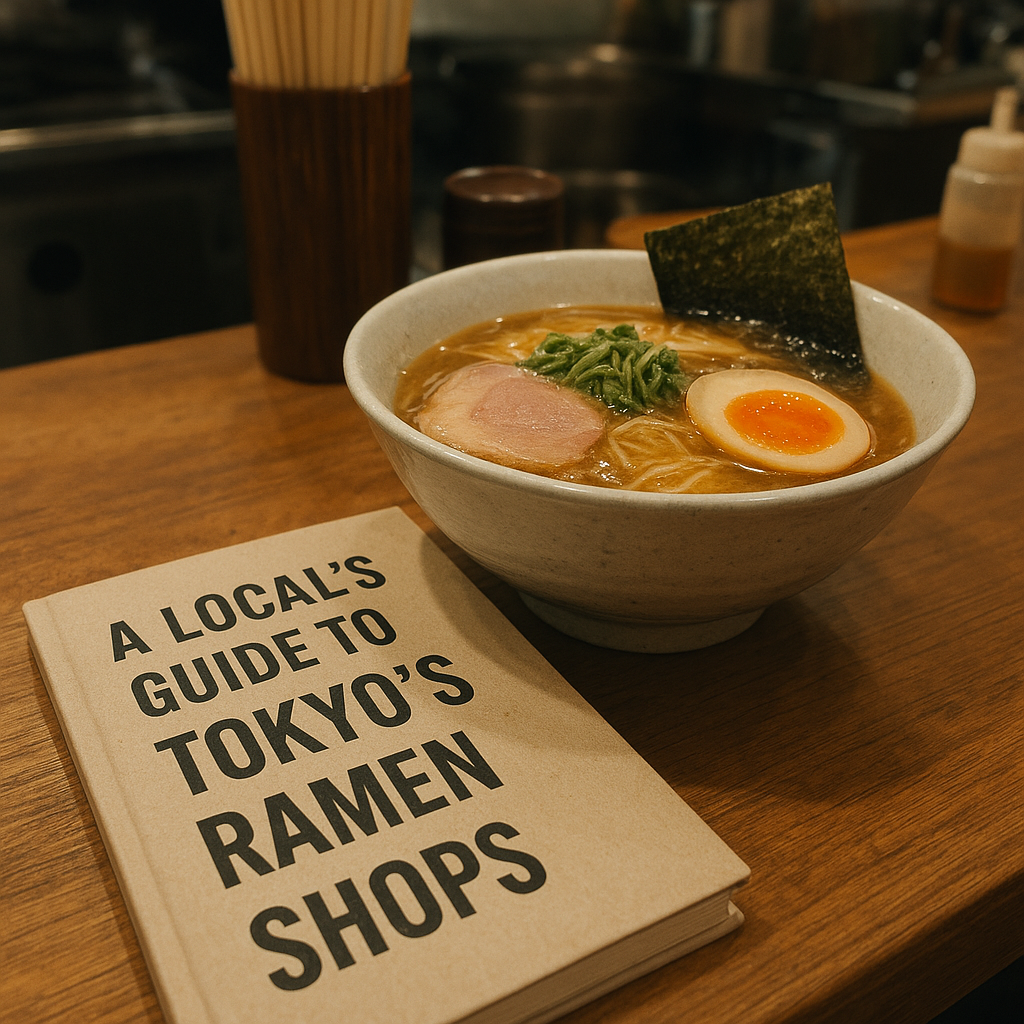Exploring Tokyo on a tight budget can seem daunting, but with the right strategies and a little local insight, you can experience the city’s vibrant culture, dazzling neighborhoods, and mouthwatering cuisine without breaking the bank. From innovative accommodation options to savvy transportation hacks and wallet-friendly dining choices, Tokyo offers countless ways to save money while still enjoying unforgettable adventures.
Affordable Accommodation Options
Finding budget-friendly accommodation in Tokyo requires flexibility and early planning. While the city is known for its luxury hotels and high-end ryokan, there are numerous alternatives that cater to cost-conscious travelers.
- Hostels: Tokyo is home to a variety of clean, safe, and well-managed hostels. Popular areas include Asakusa, Shinjuku, and Ueno. Dormitory beds can start from as low as ¥2,000 per night. Many hostels also offer private rooms at competitive rates, making them a versatile option for solo travelers and small groups alike.
- Capsule Hotels: For a uniquely Japanese experience, consider spending a night in a capsule hotel. These compact sleeping pods provide a bed, shared bathroom facilities, and sometimes communal lounges or saunas. Prices typically range between ¥3,000 and ¥5,000 per night, depending on location and amenities.
- Business Hotels: While slightly more expensive than hostels or capsule hotels, business hotels deliver reliable comfort, free Wi-Fi, and often a simple breakfast included in the rate. Such properties frequently appear near major train stations for easy access to popular districts.
- Airbnb and Guesthouses: Sharing an apartment or booking a private room via Airbnb can be cost-effective, especially if you’re traveling in a group and can split the cost. Many guesthouses also offer longer-term rates, ideal for travelers planning an extended stay.
Navigating the City on a Shoestring
Tokyo’s public transportation network is world-renowned but can add up quickly if you rely on single tickets. These tips will help you stretch your yen further while hopping between districts.
- IC Cards (Suica and Pasmo): Prepaid travel cards simplify commuting on trains, subways, and buses. Not only do they provide small fare discounts, but they also eliminate the hassle of buying individual tickets every time you board. You can top up these cards at machines or convenience stores.
- Day Passes and Discount Tickets: Numerous private railways and subway lines offer unlimited ride passes for one or two days. For example, the Tokyo Metro & Toei One-Day Economy Pass grants unlimited rides on both Tokyo Metro and Toei lines for just ¥1,000.
- Walking Tours: Many neighborhoods in Tokyo are surprisingly walkable. Areas like Yanaka, Shimokitazawa, and Kagurazaka are best explored on foot. You’ll save on transit expenses and get a closer look at hidden shrines, artisan shops, and local cafés.
- Bike Rentals and Sharing: Several local companies offer short-term bicycle rentals at affordable rates. Pedaling along the Sumida River or through leafy parks like Yoyogi and Shinjuku Gyoen can be a refreshing and inexpensive way to cover more ground.
Budget-Friendly Eats and Drinks
Sampling Tokyo’s food scene is a highlight of any trip. Fortunately, delicious meals are available for every budget, from street vendors to cozy neighborhood eateries.
- Convenience Stores: Known as konbini, Lawson, 7-Eleven, and FamilyMart offer surprisingly fresh, inexpensive bento boxes, onigiri rice balls, sandwiches, and salads. A satisfying meal can cost as little as ¥300–¥600.
- Standing Sushi Bars: Found near major fish markets and popular districts, these spots let you enjoy fresh fish without paying for table service. Grab a quick nigiri or a small donburi for around ¥1,000.
- Izakaya Happy Hours: Many casual pubs serve small plates (tapas-style) and discounted drinks during early evening hours. You can sample yakitori skewers, edamame, and tofu dishes while sipping a draft beer or sake for under ¥2,000 per person.
- Ramen and Udon Chains: Local chains like Tenkaippin, Ippudo, and Marugame Seimen offer noodle bowls for between ¥500 and ¥900. They often provide extra toppings or larger portions at minimal additional cost.
- Street Food in Asakusa: Asakusa’s Nakamise-dori stalls sell matcha-flavored mochi, candied sweet potatoes, and freshly made senbei rice crackers. Snacking your way through this historic market can be an inexpensive delight.
Free and Low-Cost Attractions
Not every memorable Tokyo experience has a hefty price tag. Here are some top picks for free or nearly free things to see and do.
- Meiji Shrine: Stroll through the forested approach to this Shinto shrine near Harajuku. The serene gardens and towering torii gates provide an instant escape from the urban hustle.
- Shinjuku Gyoen National Garden: While there is a modest entrance fee (around ¥500), the elegant French, English, and traditional Japanese gardens are well worth the cost for a peaceful afternoon picnic.
- Tokyo Metropolitan Government Building: Head to the free observation decks in Shinjuku for panoramic views of Tokyo’s sprawling skyline, including glimpses of Mount Fuji on clear days.
- Sumida Park and Sumida River Cruises: Enjoy cherry blossoms in spring or colorful foliage in autumn along the riverside promenade. Affordable river taxis and short cruises depart near Asakusa, offering scenic city views from the water.
- Art Galleries in Roppongi: Many contemporary art galleries host free exhibitions, while Mori Art Museum occasionally offers discounted entry fees after 6 p.m. Keep an eye on event calendars for opening-night receptions and gallery crawls.
- Ghibli Museum Lottery: Although tickets require advance purchase and can be hard to secure, this enchanting museum in Mitaka celebrates Studio Ghibli’s iconic films. Even if you miss out, the surrounding Inokashira Park is free to explore, with paddle boats and local snack stalls.
Smart Shopping and Souvenir Hunting
Whether you’re looking for traditional crafts or quirky pop-culture items, Tokyo boasts countless shopping districts where bargains await.
- 100-Yen Stores: Daiso, Can Do, and Seria offer everyday essentials, stationery, kitchenware, and souvenirs—all priced at just ¥100 plus tax. These shops are perfect for picking up unique gifts without splurging.
- Takeshita Street in Harajuku: While some boutiques can be pricey, side alleys hide wallet-friendly fashion stalls and vintage shops. Hunt for secondhand kimonos, funky accessories, and pre-loved sneakers.
- Akihabara: For anime and electronics enthusiasts, explore multi-level shops filled with figurines, used games, and discounted gadgets. Bargain hunting in smaller secondhand stores can reveal rare finds at reduced prices.
- Flea Markets and Temple Festivals: Check local event listings for flea markets at Yoyogi Park, Oedo Antique Market, and various shrine festivals. You can score antiques, vinyl records, and handcrafted goods at low rates.
- Don Quijote Discount Stores: Open late and stocked with everything from cosmetics to snacks, these outlets often run clearance sales and offer bulk discounts.
Practical Tips for Long-Term Savings
Beyond your basic itinerary savings, consider these extra measures to keep costs down throughout your stay.
- Multi-Day Shinkansen Passes: If you plan to visit other regions, the JR East Pass or JR Tokyo Wide Pass provides unlimited rides on certain bullet trains, local lines, and even some buses, yielding substantial savings.
- Tax-Free Shopping: Foreign visitors can claim tax exemptions on purchases over ¥5,000 in select stores. Keep your passport handy and look for “Tax Free” shop signs.
- City Tourism Cards: Some wards and municipalities offer discount booklets or digital passes for attractions, dining, and events. Research deals specific to the neighborhoods you’ll visit most.
- Local SIM Cards and Pocket Wi-Fi: Rental services offer economical unlimited data plans. Shared devices for groups often cost less per person than individual mobile plans.
- Free Wi-Fi Hotspots: Many train stations, department stores, and cafés provide complimentary Wi-Fi. Download a map of Wi-Fi spots before you travel to minimize data usage.












